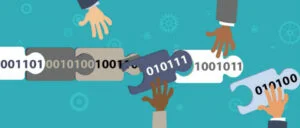
11 Successful HR and Work Tech Trends to Adopt
In recent years, we’ve seen an explosion in new and improved digital tools for HR and work activities. But with the landscape changing so rapidly,

In recent years, we’ve seen an explosion in new and improved digital tools for HR and work activities. But with the landscape changing so rapidly,

The HR department can be thought of as the company’s core. It is where the primary resources of your company—your employees—are selected, managed, and retained.

Artificial intelligence has been infiltrating the business world for the past several years and has also played a major role in HR automation. Today, companies

Blockchain is headed to HR and experts say the tamper-proof technology will improve payroll distribution and recruiting.

There are a couple of truths about why employee onboarding in the enterprise is broken and why HR Tech is the only solution There are